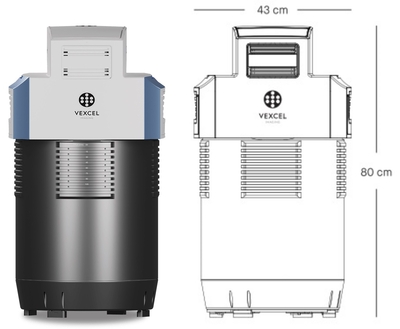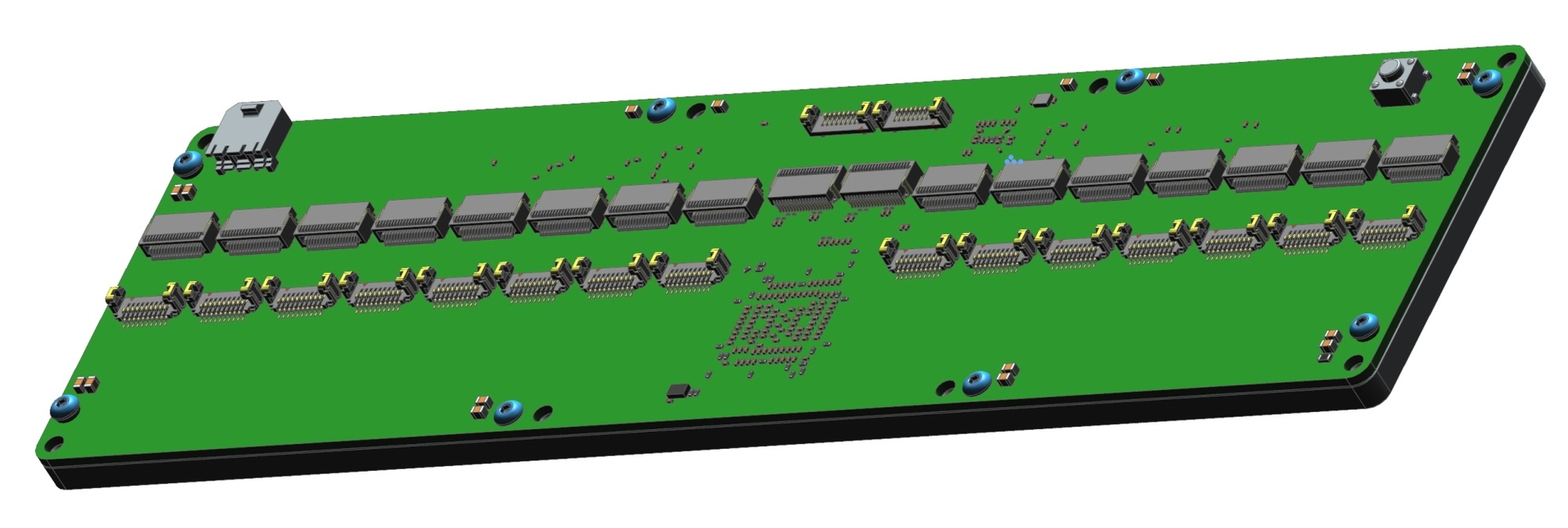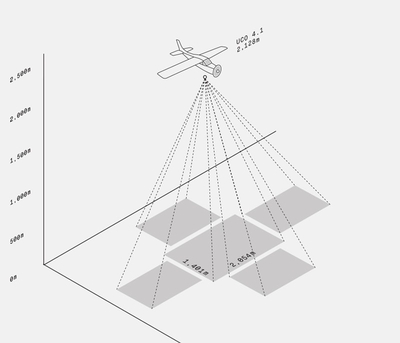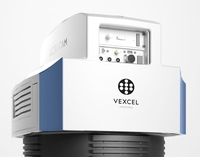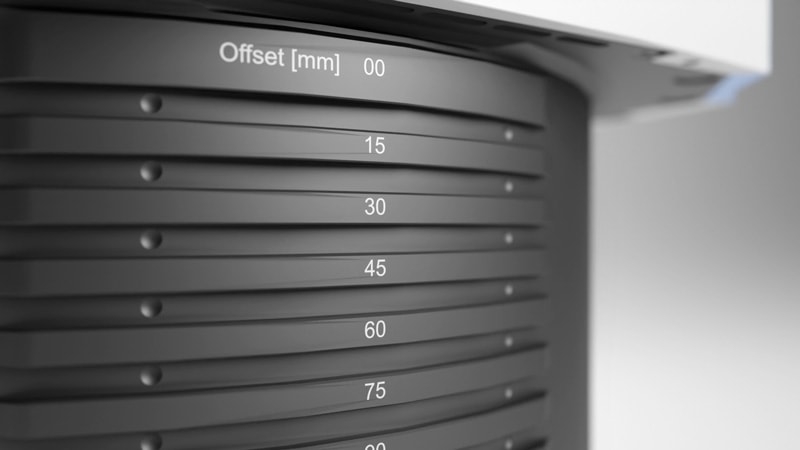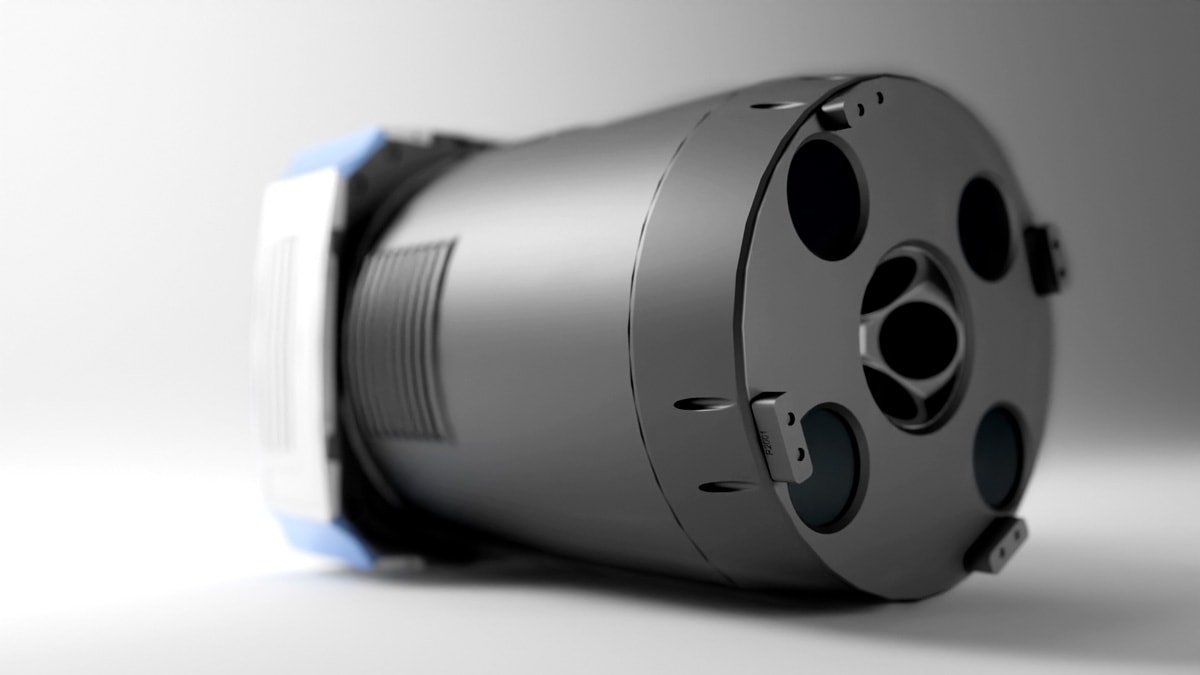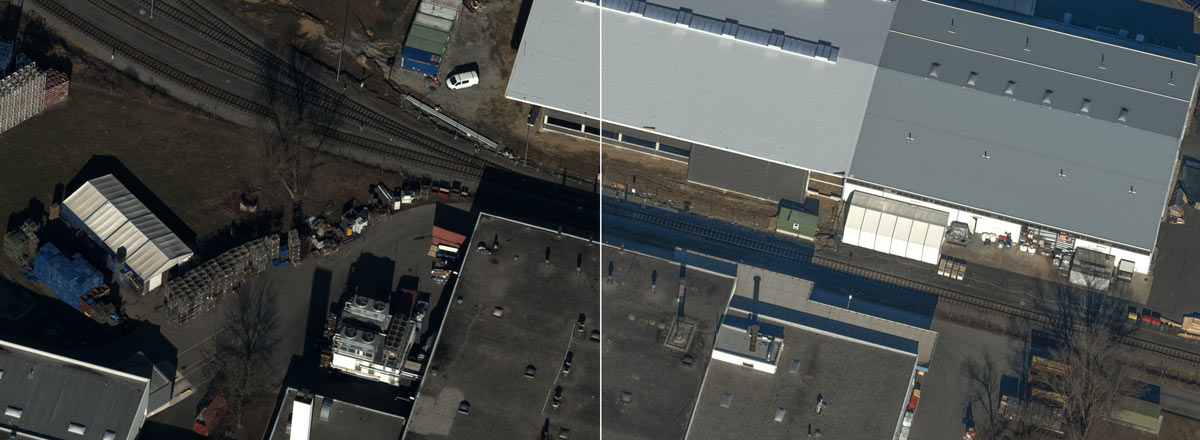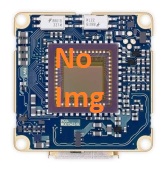
- Home
- Discover
- Your applications
- Case studies
- Case study: UltraCam Osprey 4.1 – New Perspective on 3D Areal Mapping
UltraCam Osprey 4.1 – New Perspective on 3D Areal Mapping
Vexcel Imaging, a leader in the geospatial industry, has a long history of innovation in aerial and terrestrial mapping.
Their latest addition to the portfolio, called UltraCam Osprey 4.1, is taking flight collection efficiency at superior radiometric and geometric quality to new heights.
This highly versatile large-format aerial camera combines photogrammetric-grade nadir imagery (PAN, RGB and NIR) and oblique (RGB) image capability.
Thus, it can serve both the photogrammetric applications as well as city mapping with a set of sensors able to collect 1 Frame (1.2 Gigapixels) every 0.7 seconds.
The impressive quality of the pictures was achieved by integrating a brand-new high-resolution CMOS based sensor equipped with custom electronics.
To handle the full potential of the sensor, the company needed to completely overhaul the data transmission concept from the sensors to the computer.
Here is where XIMEA's expertise in high speed interfaces and skills in rapid customization helped increase the data transfer 10 times compared to previous systems.
The collaboration between the two technology leaders pushes the urban mapping and 3D city modeling further, aiding to explore the world around us.
Historical context
Since the inception of the first UltraCamD in 2003, the Vexcel team leveraged the latest technologies of sensors, optics and electronics for the current 4th generation.
UltraCam family today consists of four photogrammetric nadir and oblique cameras: Condor, Falcon, Eagle and Osprey 4.1.
The most recent UCO 4.1 (UltraCam Osprey 4.1) is a large format aerial camera that collects photogrammetry-grade nadir and oblique images simultaneously.
This advantage grants the user with the ability to fly faster, cover more area and capture more detail at the industry-leading image and data quality.
“With the UltraCam Osprey 4.1, you get two cameras in one housing. The system meets diverse application needs ranging from city mapping to traditional mapping applications from the same flight missions,” said Alexander Wiechert, CEO Vexcel Imaging.
“At the same time, we have increased the nadir footprint significantly to over 20,000 pixels across the flight strip to create the flight collection efficiency typically gained only by large-format camera systems.”
As an overarching goal, Vexcel Imaging aims to expand photogrammetry as an underlying methodology in the imaging industry.
Widely known are concepts of computer vision and analytics (Machine Learning, AI etc.), very little is told about photogrammetry and its role in the imaging solutions.
“However, photogrammetry will always play an important role as a basic science that enables other technologies to build on top of for meta data extraction, such as analytics” explained Alexander Wiechert, in an interview with Coordinates, at the launch of UltraCam Osprey 4.1.
System - UCO 4.1
The UCO 4.1 system is enhanced with a new generation of custom lenses that can deal with smaller pixel pitch sizes, which deliver an improved image resolution.
To get the best in image quality a new BSI (Back illuminated) CMOS imaging sensor was used - 151 Mpix Sony IMX411 integrated by XIMEA with a fast PCIe interface.
The confined space of the compact UCO 4.1 system required an individual design approach.
Fortunately, XIMEA specializes precisely in this sort of tasks – high density and energy efficient designs.
XIMEA team instantly recognized the essence of the multi sensor high bandwidth arrangement and suggested the PCIe interface approach enhanced with the PCIe Switch based aggregation technology.
Individual PCIe data streams from all sensors are aggregated together in a single high bandwidth PCIe x8 Gen3 stream (64 Gbits) and delivered seamlessly to the Host PC memory using low overhead DMA - Direct Memory Access engine over a single optical or copper cable.
Furthermore, the flexibility of PCIe permitted to include additional USB and UART control interfaces from the same PCIe x8 Gen3 link using PCIe host controller chips.
Those interfaces would otherwise require a separate direct cabling to the PC.
The robust and modular structure which was achieved with efficient placement of the components within the USCO 4.1 system ensured reusability for future projects.
The specification of the final solution gives the idea of its simplified complexity and potential.
Quick Specs
- Nadir: 20,544 x 14,016 pixels PAN image size- Oblique: 14,176 x 10,592 pixels Color image size
- 8x CMOS imaging sensors
- Adaptive Motion Compensation (AMC)
- 1 frame per 0.7 seconds
- 80 mm PAN lens system
- 120 mm Color (RGB Bayer pattern) lens system
With 20,544 pixels across the track, UCO 4.1 has a very wide flight strip resulting in fewer flight lines and therefore higher flight collection efficiency.
The Osprey further allows customers to push operational requirements to a new limit: Fly at sun angles of up to 35-40° or in overcast weather conditions.
The benefit of a fast frame rate is an easy data collection at 2.5cm GSD in difficult ATC areas with 85 % forward overlap at up to 126 knots.
The UltraMount product line dynamically stabilizes the UltraCam Osprey aerial camera in the aircraft for blur-free, consistent and aligned exposures.
Besides all this, the new generation also introduces several design updates to increase the overall usability and user-friendliness.
Amongst others: a reduced camera head extends aircraft options to even smaller planes.
An optimized field of view and ridged cylinder design for precision mounting enables simple installation without a camera lifter.
Customers now have easier access to the IMU and hardware change of UltraNav, on-site without requiring an additional boresight.
Furthermore, the flight management and geo-referencing with UltraNav optimizes your flight mission for utmost productivity at the highest precision.
A useful cherry on top is the Illuminated logo which provides real-time camera operating status feedback represented by various colors.
Software part - UltraMap
With the upgrade of the hardware components, the software part development can´t be left behind.
The increased speed of scanning and higher frame and data rate presents considerable challenges where the best-in-class software pipeline can show its qualities.
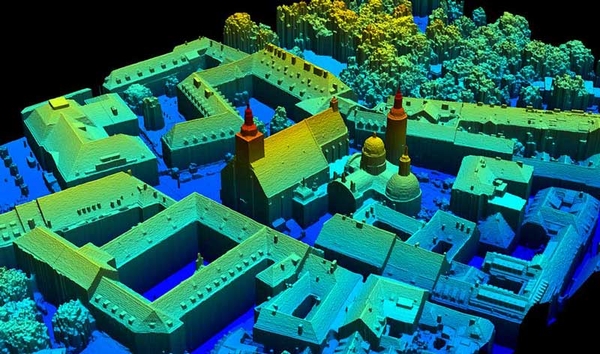
The level of texturing for existing 3D city models is unparalleled with what has been tested so far. Images are brilliant in color, crisp and sharp.
The system is resolving dark and bright illumination scenarios which is especially important when you fly over cities with shiny roofs and shadows on the ground.
This is in part thanks to that UltraCam model, similar to the previous ones, is being fully supported by the UltraMap, an all-in-one aerial photogrammetry software.
It offers users a tool to fully leverage nadir and oblique images for aero-triangulation with highly accurate geometric results.
The end-to-end UltraMap workflow consists of five consecutive modules: Essentials, AT, Dense matcher, Ortho pipeline and 3D.
These manage data processing from ingesting of RAW data to delivery of point clouds, digital surface models, digital terrain models, orthophotos and 3D textured TINs.
The innovative Adaptive Motion Compensation (AMC) method compensates for multidirectional motion inducted image blur and ground sampling distance variations.
Altogether, UltraMap provides a constantly updated feature set processing huge amounts of data in the shortest possible time with the highest degree of automatization.
Cooperation XIMEA style
One of the primary directives for XIMEA has always been a constructive collaboration with the customer, so let's see how it went in this case:
“The worldwide leading know-how and considerable expertise of XIMEA in this cutting-edge data interface connection was the key reason we chose to partner with the company. By implementing PCI Express, the data throughput became 10 times faster compared to previous camera systems. Thanks to the excellent and extremely competent cooperation between our teams, we were able to produce a large format aerial camera system with a new industry-leading collection rate.” Martin Ponticelli, CTO of Vexcel Imaging.
“Cooperation with Vexcel on their state of the art aerial camera was a real pleasure," adds Michail Klimkovic, project leader and head of RnD at XIMEA.
"The satisfying sense of working on such an ingenious and sophisticated device was multiplied by the exceptionally competent and talented team around it.
One could immediately recognize their experience and the vast amount of expertise in various fields. The project was very well managed from the very start with clearly defined and documented requirements. At the same time, the open-mindedness and creativity allowed Vexcel and XIMEA teams to brainstorm together and find smart approaches on how to optimize and enhance the system.
XIMEA team was delighted to contribute its know-how and skills to the project and to cooperate with the Vexcel team.”
Conclusion
Martin Ponticelli, the CTO of Vexcel Imaging, summarized it best:
"Vexcel Imaging has a long history of innovation. Since the inception of the first UltraCam in 2003, the team created many models and overhauled the complete system architecture within 3 UltraCam generations. With each new generation, we capitalize on the latest technological advancements to provide the utmost in flexibility, efficiency, and reliability to our customers. The latest addition to our camera portfolio, the UltraCam Osprey 4.1, introduces the 4th generation of UltraCam systems with the goal of taking flight collection efficiency of superior data quality to new heights – customers can fly faster and collect more area at the same time. With its 8 sensors, the UltraCam Osprey 4.1 is capable of collecting 1.2 Gigapixels every 0.7 seconds. To achieve this, we needed to completely overhaul our data transmission concept from the sensors to the computer through state-of-the-art implementation of PCI Express.
The worldwide leading know-how and considerable expertise of XIMEA in this cutting-edge data interface connection was the key reason we chose to partner with the company. By implementing PCI Express, the data throughput became 10 times faster compared to previous camera systems.
Thanks to the excellent and extremely competent cooperation between our teams, we were able to produce a large format aerial camera system with a new industry-leading collection rate."
Vexcel Imaging
Vexcel Imaging, a leader in the geospatial industry, develops cutting-edge large-format aerial cameras, mobile mapping systems and photogrammetric software with innovative approaches, and places an emphasis on continuing product upgrades and world-class support. The broad UltraCam aerial camera portfolio covers all applications in airborne photogrammetry — from nadir to oblique to wide-area data collection. UltraCam data is processed with the UltraMap photogrammetry software, providing an end-to-end processing workflow for highly automated, quality data products that include point clouds, digital surface and terrain models, orthophotos and 3DTINs.
Learn more about Vexcel Imaging under www.vexcel-imaging.com.
Related articles
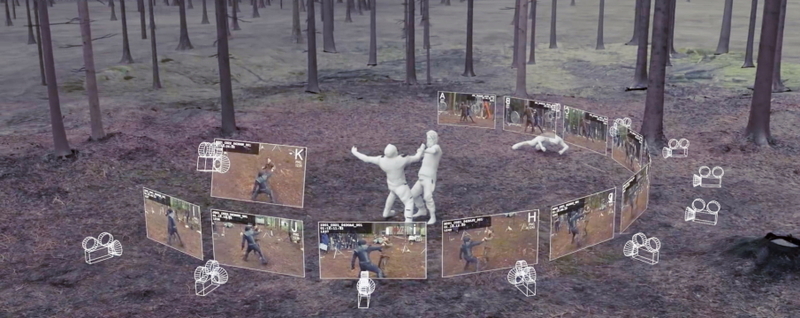
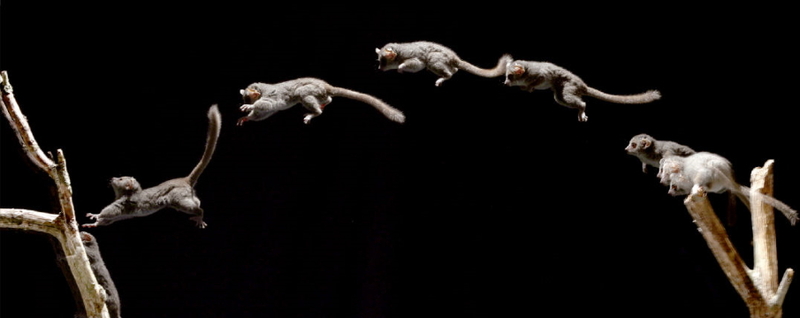
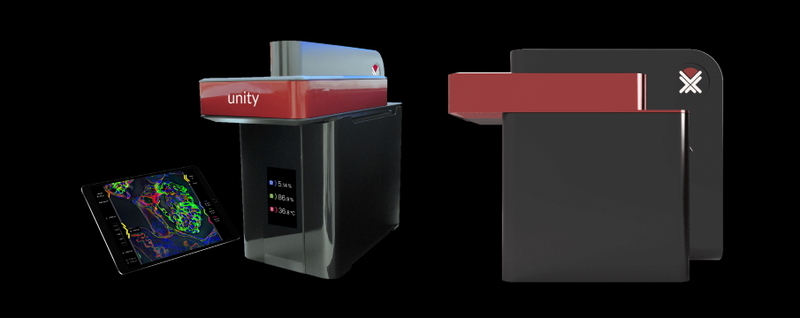
Latest articles

Accelerate edge intelligence with XIMEA’s ultra-low latency PCIe cameras. Stop by for live demos and tech deep-dives with our team at Booth #3231
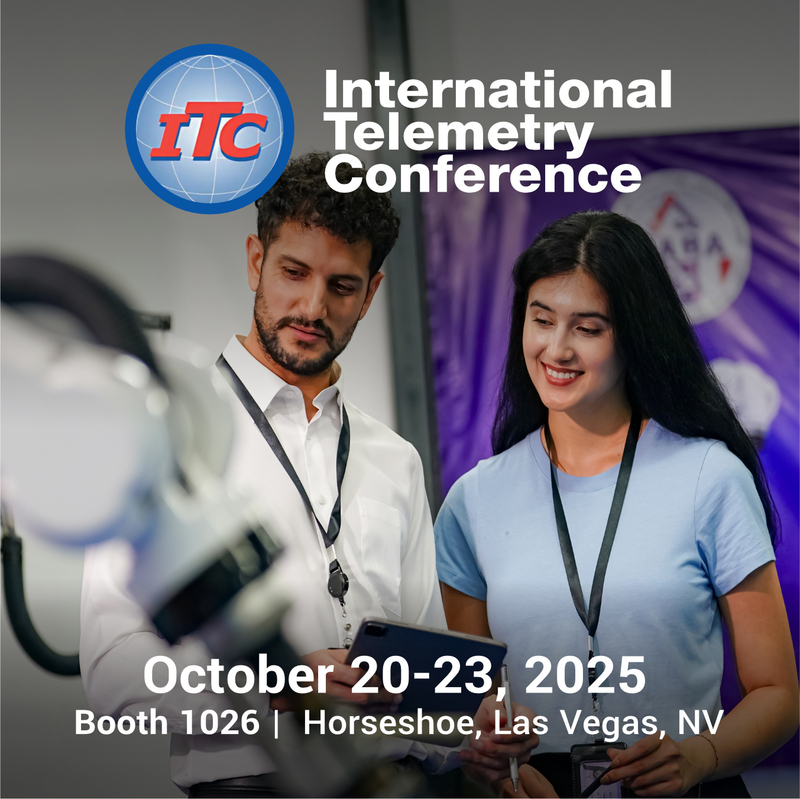
Visit us at booth #1026
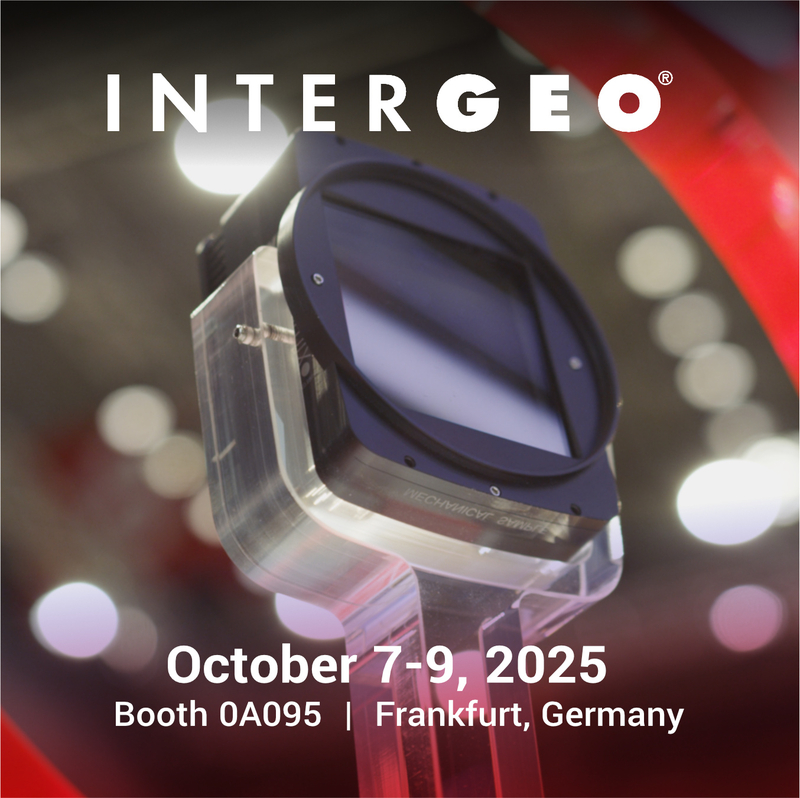
Visit XIMEA at booth #0A095 to get hands-on with cutting-edge camera tech built for flexible payloads, mapping, and more.



Join us at booth #3138!


